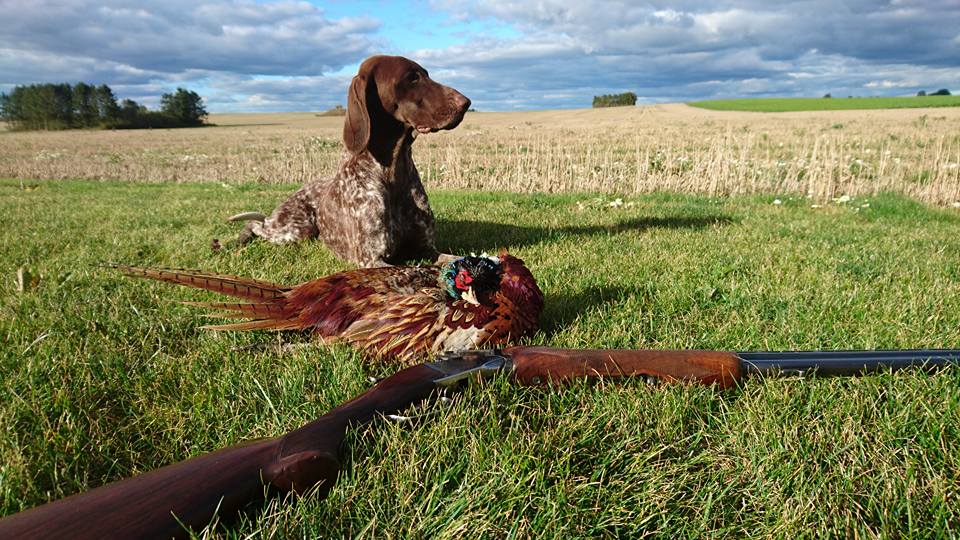
We are Losing Legendary Methods (Retrieves 2)– by T. Mostert
Tok Mostert, a Professional Hunter from South Africa, now living in Sweden, is sharing his writings on dog training with us. You can start reading them from Part 1 here.
We are Losing Legendary Methods (Retrieves 2)– by T. Mostert
A few more things I learned from Jeppe and Arne on training a dog to retrieve before I moved on to training for water work. Some dogs will try and move around you once they have retrieved the game (or the dummy), almost as if they want to circle around you, do not allow this. You can stop the dog from doing this by training against a fence, or with a natural barrier behind you, a corner fence works best for this. If you do not have a fence available, wait for the dog to come to you and once he is 2-3 meters away from you, coming towards, take a quick side step in the direction the dog is drifting and give the sit command. You have to be quick and precise, otherwise he will keep drifting and still circle you. The same goes for a hard charging dog that likes to pass you and then turns back. The dog should come in to your left, sit and present the dummy or game. Lots of folks do not mind if the dog sits or stands with the delivery, I want my dog to be planted and steady. I also want to be able to stop my dog on the way in without her dropping the dummy or game, she should sit and wait for me to give her the come command, same goes for sending her out. Stop, sit and then I can send her left, right, back, or over a obstacle.
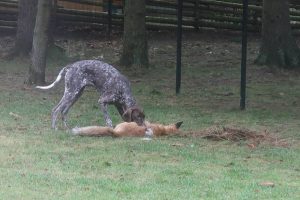
On a side note, I want my dog to present the dummy or game with his head up, with the dog looking at me and not at the ground! Some game will be too heavy for the dog to do this, but even ducks can be presented this way. Bo Nilsson (great retriever trainer) gave me this little tip. Once the dog is on the way back to you, bend down in a kneeling position, arms open and call the dog in, be friendly! As the dog reaches the 2-3 metres mark stand up quickly. This will not only make the dog lift his head, but also help him to sit.
Do not ever lean over a young dog, or tower over a young dog when you start training retrieving or holds! Doing so, you are applying pressure on the dog mentally, they hate it and it is one of the main reasons dogs drop dummies or game at their handlers feet, or just out of reach! Coming in should always, always, be a positive experience for the dog! have seen countless people scream and repeat the command for the dog to pick up a dummy or game they have dropped at the handlers feet, it is utterly useless and creates even more pressure and negative connection to retrieving. If Flake drops a dummy( or game) on the way in, or at my feet, she already knows she is wrong, I do not need to say anything, or repeat a command, what I do is take a step or three away from the dropped object and from her, immediately relieving the pressure on her. 100% of the time she will pick it up again and deliver it as it should be.
Keep in mind this is only training, hunting is a whole different thing where the excitement and pressure is multiplied 2000 folds. If you have never seen a dog simply coming apart on a duck hunt because there is 100’s of shots going off and ducks raining down on and around the dog, you have not exposed the dog enough. More on that another time.
Points to ponder
- Casting dummies in the beginning is a NO NO, sit the dog down, walk away place the dummy, walk back to the dog, give it a line and if you are sure it has the line give the retrieve command.
2. Never start a young dog on a retrieve if they have not taken the line (= understood they are being casted in a straightforward line), start short, 5 meters.
3. Do use a long lead when you start your young dog retrieving.
4. Use clear and short commands. I have different ones for a simple pick-up and a long retrieve, I use the same command for back as for out.
5. Always be positive when the dog is getting it right, to the point that you excite the dog! As you progress, tone it down. Dogs learn by positively reinforcing their behaviour!
6. Retrieving only on sight will become a problem if you do not challenge the dog to use its nose.
7. Bird dogs drift more than pure retrieving breeds, give them a bit more freedom.
8. Break every training session down, from the sit to the delivery, work on them as separate exercises.
9. Your dog will try and break and fetch the dummy without a command, if you are not fast enough to stop it, keep your mouth shut. Never stop a young dog going on to a retrieve unless you are 100% sure you can. Do praise the dog if it delivers the fetch correctly!
10. You will laugh and you will cry, suck it up.
HPR breeds are not for everyone,
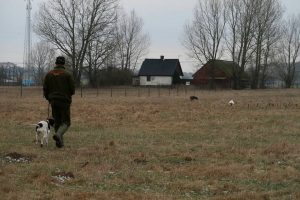
multiple disciplines, with contradictory commands and outcomes, phase many owners. I do not expect my dog to compete against a pure retriever when it comes to retrieving, but I train her with pure retrievers and she will be on pair with any average pure retriever any day I do not expect her to run like a English Pointer, but I run her with English Pointers and she may not go as wide and as deep, but she goes just as hard. HPR dogs are not the best at everything, but they are the best choice for everything. I cannot say this enough, you are investing time and effort into training a dog, make the wise choice and get a Old School Legend to help you!
No clickers, no treats just respect, discipline and loyalty.
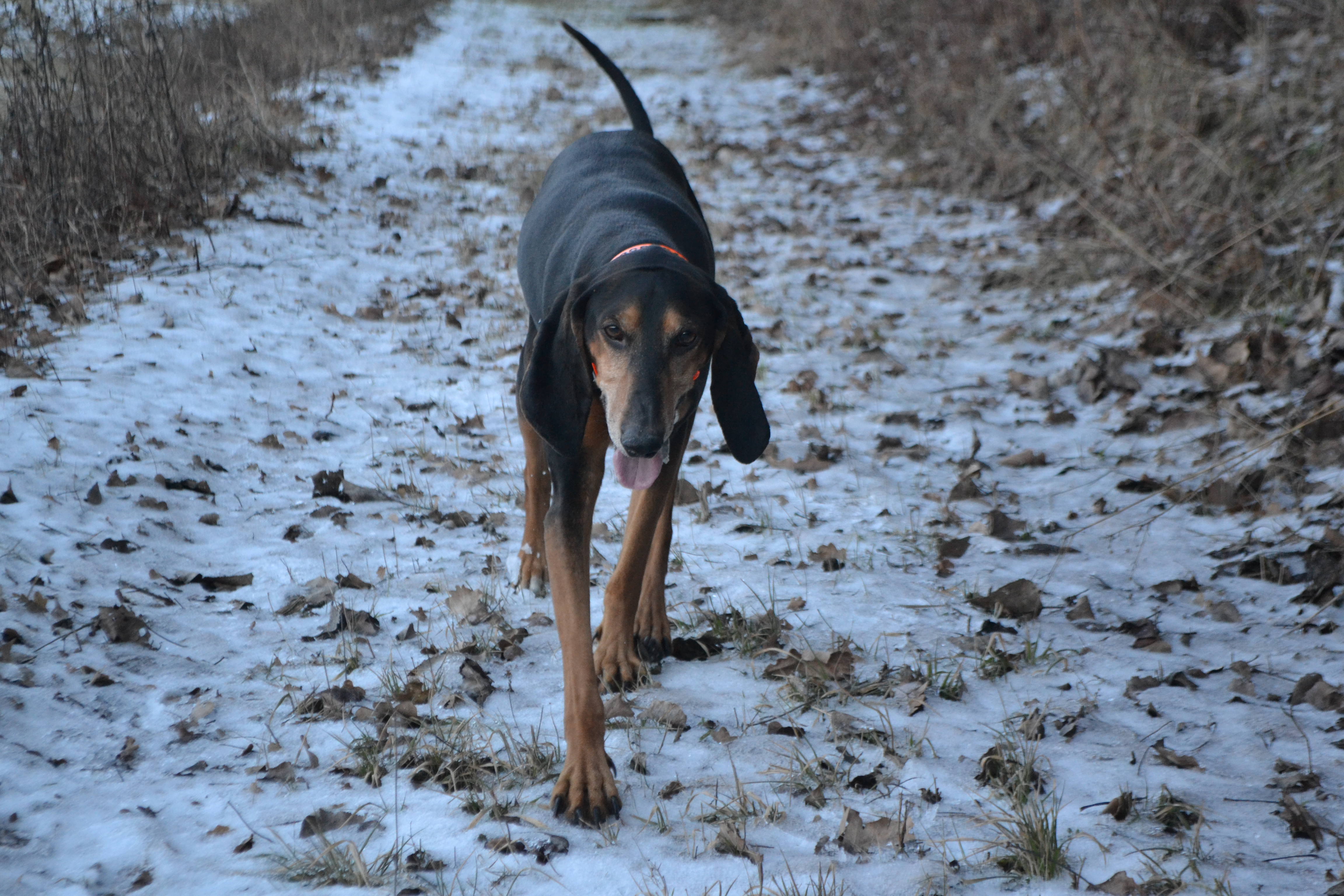


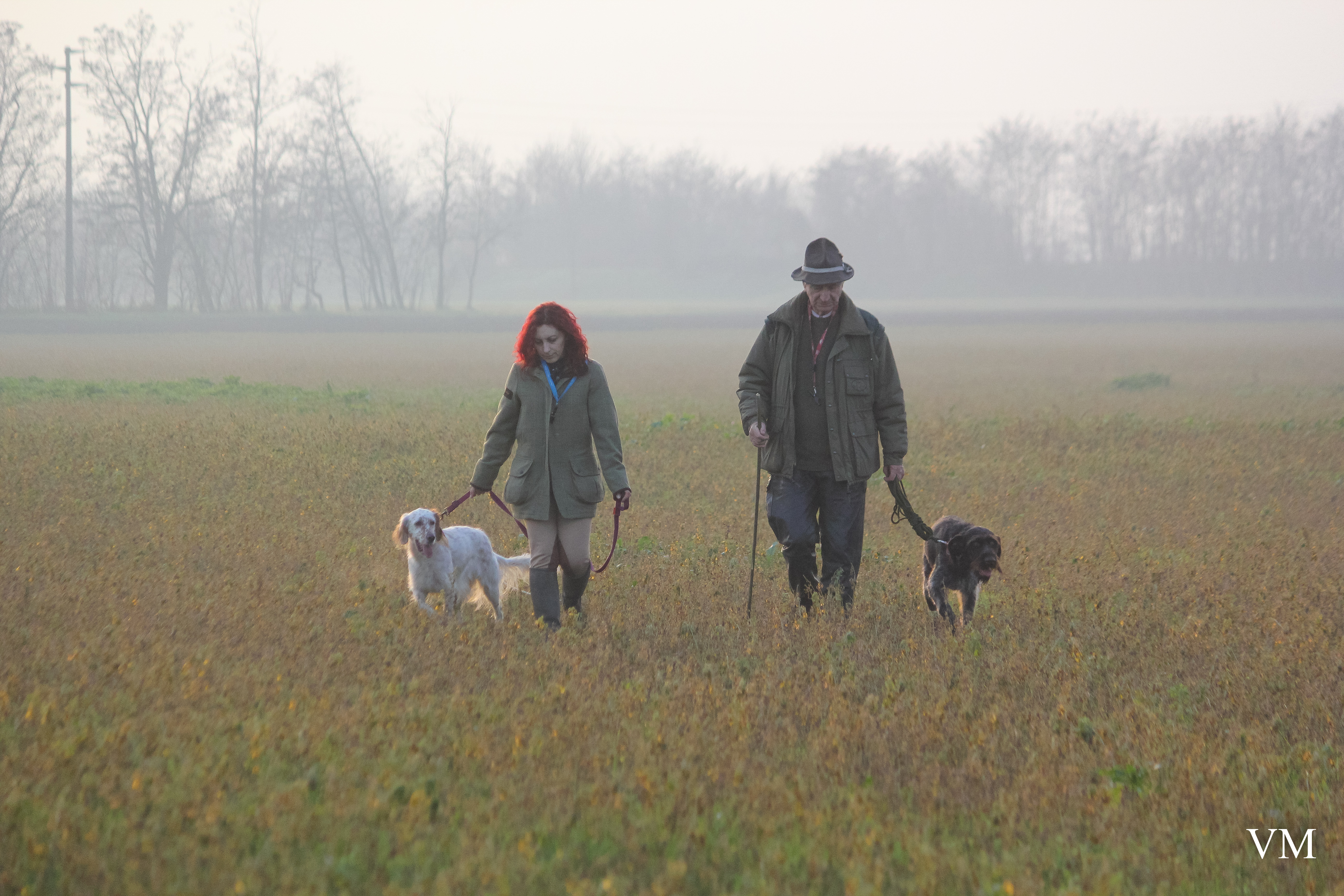


Un commento
Pingback: